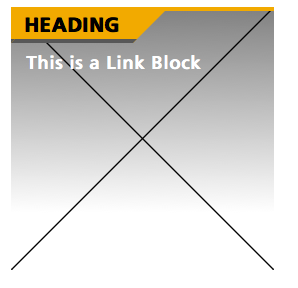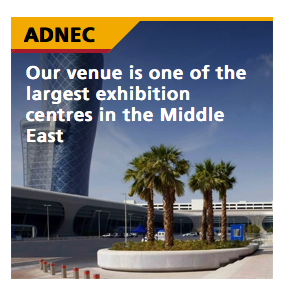Our content strategy - a few ideas and notes
Our approach to content takes inspiration from Content Strategy for Mobile by Karen McGrane. Here’s a few points about her idea of “adaptive content” along with details of our content types and a few other ideas about our approach to content at WorldSkills Abu Dhabi 2017.
Adaptive content
One of the main principles of adaptive content is to separate content from presentation. By structuring information and giving it meaningful metadata rather than dumping it all in a single blob, we can open up possibilities to combine it in different ways for different platforms. At the moment, we haven’t made any design decisions where content will be displayed differently in different contexts or devices, but following this approach means we can go to where our users are in whatever form is appropriate when we decide to.
Content types
We have a few content types at the moment.
- Article
- Page
- Skill
- Country
- Competitor
- FAQ
- Timeline event
- Scroll story
I started adding details about these types, but most of it seems self-explanatory. Some of the metadata to consider includes:
Headline - page header and link
Variables are length and tone/style (people or robots). So we could end up with:
- Short, colloquial
- Long, colloquial
- Short, SEO-optimised
- Long, SEO-optimised
At the moment we only have a single headline, but these variations could be useful in the future.
Description
Useful information which summarises the page. It could be:
- Short - like a long headline really
- Long - good for page metadata.
We need to consider the use of headline, description and category in the context of the designs. Our link block looks like this:

On the home layout the yellow tag at the top will show the category, but on the category landing it will show something more specific.

- Category: your-hosts
- Title: Adnec
- Short description: Our venue is one of the largest exhibition centres in the Middle East
- Images
- Image dimensions or standard crop ratios
- Caption
- Credit
Audio/video Transcript - A transcript is necessary if we want to comply with the highest accessibility rating, but it could be difficult
Metadata
- Category - top IA
- Taxonomies
- Skills - show on skills_single layout
- Countries - show on country_single layout
- Audience/User group - filter resources by user group
- Series - group regular content together, e.g. Skills change lives
Meta-meta
Perhaps this is unnecessary, but it helps to keep the page close to the user needs and the actions it is intended to inspire.
- Purpose
- Call to action
Automatic
- Data
- Author
Content strategy
Here’s some ideas about the type of possible content.
Every day
- Relevant news, links and information - be an information hub for vocational education and skills
- Quotes with image
- Influencers - find what resonates with people who care and can tell their network
Every week
- Story about skill or country
- Competitor stories
- Meet the competitors - perhaps through a form where we follow up on interesting ones
- Round up social media coming in from skill or country
- Write and tag stories about a particular skill or country - show on layout
- Story about competitor
- Story about vocational skills and education in UAE
- Single newsletter/weeknotes/round-up
- Guest posts - leverage other networks
Content - tone, style, voice experiments
Facebook and the newsletter are place where we can experiment with tone, style and voice as well as different types of content.
Martin Belam, a journalist and designer, recommends treating “every bit of content you publish to Facebook like an A/B test.
”You post it to your page. If nobody interacts with it — by sharing or liking or commenting on it — it’s already failed. If the first few people to see it engage with it, then you have a chance that Facebook will show your content to more people. So how can your piece pass that first test? Ask yourself who is going to share that article, and why are they going to share it? If you can’t answer that question about your own story, you’ve done it wrong.
Tips for stories
Community is king. It’s the key to brand communication. We need to find out what resonates with the WorldSkills tribe and encourage them to tell our story. Each experiment with form, content and medium needs to be tested and measured (using the dashboard and the core metrics) and then get revised and improved - add, test, tweak, optimise, remove, etc.
- Who will share this and why?
- How does this story help the user promote their own identity?
- Give user specific, actionable instructions on how to share or what to do next
- Intrigue and emotional resonance
- Keep it simple - Easily summarised in a sentence
We are developing a dashboard to track these metrics and we have already developed ways to show them at a page level.
10x content
As well as experiments with different channels, another interesting ideas is 10x content: “Content that is 10 times better than the best result that can currently be found in the search results for a given keyword phrase or topic. Rand Fishkin of Moz keeps an ongoing checklist of the possible criteria for 10x content
- High quality, trustworthy, useful and interesting
- Different from what’s currently available
- Solves a problem or answer a question
- Provokes an emotional response
- Makes someone want to share it
There’s lots of tips on how to create 10x content which are worth reading about, but it’s the emphasis on creating something useful for our community that’s is important.
